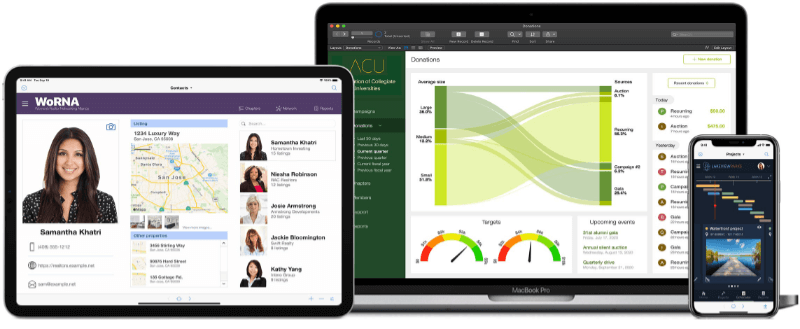

Then in order to display the actual data, you will need to substitute into key spots in the JavaScript pointers to the data you want to show. There are often several libraries and helper files needed to display the data, such as a JavaScript library, maybe a CSS file, and an HTML file. That is then placed inside of FileMaker into, usually, the table you wish to display from. In order to build a JavaScript chart from within FileMaker, you will need to first find the JS library which you want to use. In most cases, they are not pulling data from across the web, but instead the web viewer is pointed to data within the FileMaker file itself. JavaScript charts use FileMaker’s web viewer to display their data. They are harder to set up, but the level of usefulness vastly improves, as well as client satisfaction, in our experience. Second, you can use JavaScript charts in FileMaker But they are pretty basic compared to other options out there today. Use delimited data from a field in the current recordįileMaker’s internal charts are functional, and have been serving their purpose for years. There are three ways to pull the data from your system:Ģ. You have limited control over color palettes, and presentation of legends, and display of data on each section of the chart, as well as x-, or y-axis lines.

You have ten choices for how to display your data: bar chart, stacked bar chart, column, stacked column, positive/negative column, line, area, scatter, and bubble chart. These have been around forever, but here are some of your options. First, you can use FileMaker’s internal charting options It used to be that in the “old” days of FileMaker, if you want to present a chart, you only had access to FileMaker’s internal charting options. Dashboard systems to visualize your data in FileMaker Pro


 0 kommentar(er)
0 kommentar(er)
